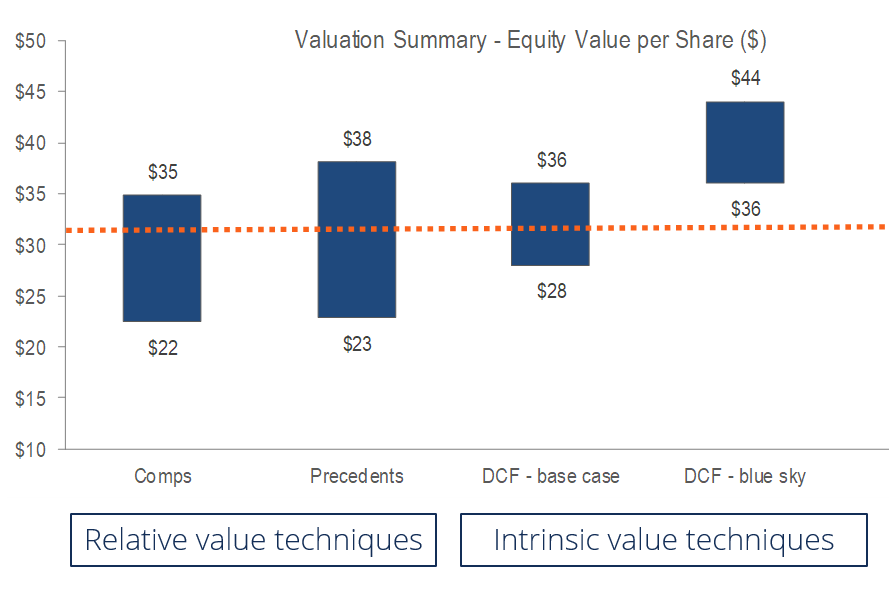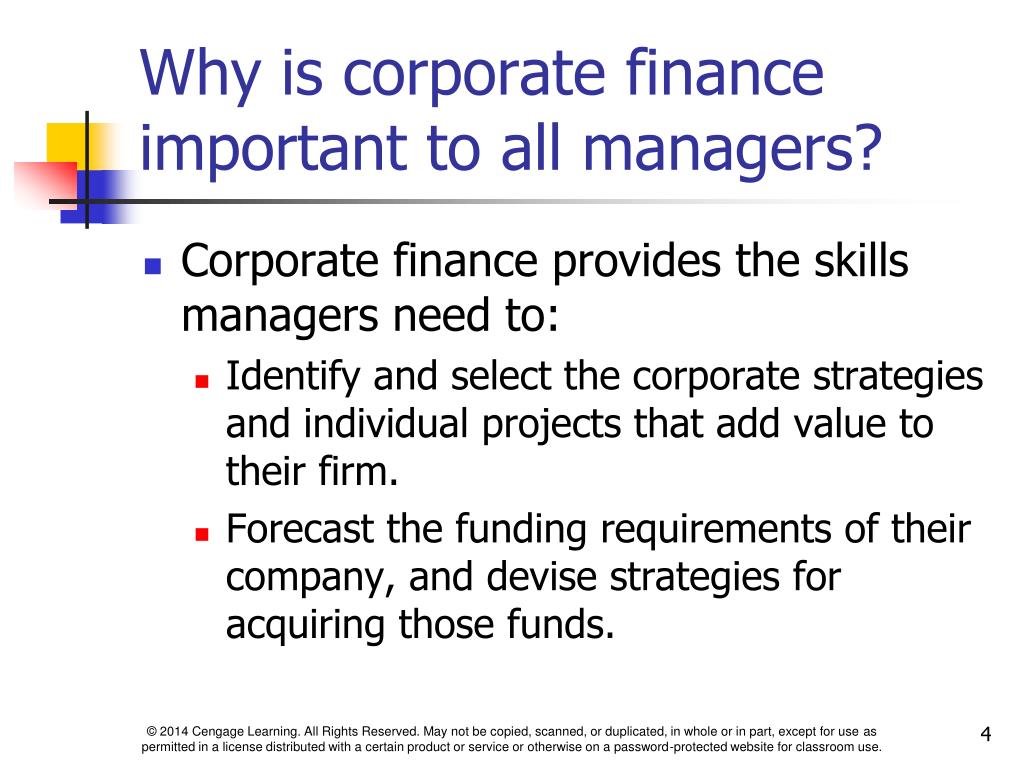Table of ContentsHow To Calculate Nominal Rate On Treasury Bond Intro To Finance - The FactsNot known Details About What Is New Mexico Activities Or Expenditures Do The Bond Issues Finance Some Ideas on What Does The Frnce Bond Market Finance You Need To KnowThe Of What Does The France Bond Market Finance
In financing, a bond is an instrument of insolvency of the bond issuer to the holders. The most common kinds of bonds consist of municipal bonds and business bonds. Bonds can be in mutual funds or can be in private investing where a person would give a loan to a company or the government.
Interest is generally payable at fixed intervals (semiannual, yearly, in some cases month-to-month). Really often the bond is negotiable, that is, the ownership of the instrument can be https://ascullaw3u.doodlekit.com/blog/entry/10594747/h1-styleclearboth-idcontentsection0fascination-about-what-is-considered-a-derivative-work-finance-datah1 moved in the secondary market. This means that once the transfer representatives at the bank medallion stamp the bond, it is extremely liquid on the secondary market.
Bonds supply the borrower with external funds to fund long-lasting investments, or, in the case of federal government bonds, to fund present expenditure. Certificates of deposit (CDs) or short-term industrial paper are considered [] to be money market instruments and not bonds: the primary difference is the length of the term of the instrument.
Being a lender, bondholders have concern over stockholders. This suggests they will be paid back in advance of shareholders, but will rank behind safe financial institutions, in case of insolvency. Another difference is that bonds normally have a defined term, or maturity, after which the bond is redeemed, whereas stocks generally remain exceptional indefinitely.
In English, the word "bond" connects to the etymology of "bind". In the sense "instrument binding one to pay a sum to another"; usage of the word "bond" dates from a minimum of the 1590s. Bonds are issued by public authorities, credit organizations, business and supranational institutions in the main markets.
When a bond problem is underwritten, several securities companies or banks, forming a syndicate, purchase the whole issue of bonds from the issuer and re-sell them to financiers. The security firm takes the danger of being not able to offer on the problem to end investors. Primary issuance is organized by who organize the bond issue, have direct contact with investors and serve as advisers to the bond company in regards to timing and price of the bond concern.
The bookrunners' desire to underwrite must be talked about prior to any decision on the regards to the bond concern as there may be limited demand for the bonds. On the other hand, government bonds are typically released in an auction. In many cases, both members of the general public and banks might bid for bonds.
How To Find A Specific Bond In Yahoo Finance - Questions
The total rate of return on the bond depends on both the regards to the bond and the rate paid. The regards to the bond, such as the discount coupon, are fixed ahead of time and the rate is figured out by the market. In the case of an underwritten bond, the underwriters will charge a charge for underwriting.
Bonds sold directly to purchasers may not be tradeable in the bond market. Historically an alternative practice of issuance was for the borrowing government authority to release bonds over an amount of time, generally at a repaired price, with volumes offered on a particular day depending on market conditions. This was called a tap issue or bond tap.
Treasury Bond Nominal, principal, par, or face quantity is the amount on which the company pays interest, and which, many typically, has actually to be repaid at the end of the term. Some structured bonds can have a redemption amount which is different from the face quantity and can be connected to the performance of particular assets.
As long as all due payments have been made, the company has no further obligations to the bond holders after the maturity date. The length of time up until the maturity date is typically referred to as the term or tenor or maturity of a bond. The maturity can be any length of time, although financial obligation securities with a term of less than one year are normally designated cash market instruments rather than bonds.
Some bonds have been provided with regards to 50 years or more, and traditionally there have actually been some problems without any maturity date (irredeemable). In the market for United States Treasury securities, there are four classifications of bond maturities: brief term (bills): maturities between no and one year; medium term (notes): maturities in between one and 10 years; long term (bonds): maturities in between ten and thirty years; Continuous: no maturity Period.
For repaired rate bonds, the voucher is repaired throughout the life of the bond. For drifting rate notes, the discount coupon varies throughout the life of the bond and is based on the motion of a money market reference rate (typically LIBOR). Historically, vouchers were physical accessories to the paper bond certificates, with each voucher representing an interest payment.

Today, interest payments are usually paid electronically. Interest can be paid at different frequencies: usually semi-annual, i.e. every 6 months, or annual. The yield is the rate of return received from purchasing the bond. It usually refers either to: The current yield, or running yield, which is merely the annual interest payment divided by the existing market value of the bond (frequently the clean price).
An Unbiased View of What Is Zero Coupon Bond In Finance
Since it takes into account the present value of a bond's future interest payments, it is a more accurate step of the return on a bond than present yield. The quality of the problem refers to the likelihood that the shareholders will get the quantities guaranteed at the due dates.

This will depend on a wide variety of aspects. High-yield bonds are bonds that are rated listed below investment grade by the credit score agencies. As these bonds are riskier than financial investment grade bonds, investors expect to earn a greater yield. These bonds are likewise called junk bonds. The marketplace cost of a tradable bond will be affected, amongst other aspects, by the quantities, currency and timing of the interest payments and capital payment due, the quality of the bond, and the offered redemption yield of other comparable bonds which can be traded in Have a peek here the marketplaces - which of these is an element of a bond personal finance.
" Dirty" includes the present worth of all future capital, including accumulated interest, and is most often utilized in Europe. "Clean" does not include accrued interest, and is most typically used in the U.S. The issue rate at which investors purchase the bonds when they are very first issued will normally be roughly equal to the small quantity.
The market cost of the bond will vary over its life: it might trade at a premium (above par, normally since market rate of interest have fallen because issue), or at a discount (rate listed below par, if market rates have increased or there is a high probability of default on the bond).
Covenants specify the rights of shareholders and the duties of companies, such as actions that the issuer is obliged to perform or is forbidden from performing - what is a bond finance quizlet. In the U.S., federal and state securities and commercial laws use to the enforcement of these agreements, which are interpreted by courts as agreements in between issuers and bondholders.
Optionality: Sometimes a bond might contain an ingrained choice; that is, it gives option-like functions to the holder or the issuer: CallabilitySome bonds offer the issuer the right to pay back the bond prior to the maturity date on the call dates; see call choice. These bonds are referred to as callable bonds.
With some bonds, the company has to pay a premium, the so-called call premium. This is generally the case for high-yield bonds. These have really strict covenants, restricting the company in its operations. To be totally free from these covenants, the company can repay the bonds early, but only at a high expense.
See This Report about What Is Bond In Finance With Example
These are described as retractable or putable bonds. Call dates and put datesthe dates on which callable and putable bonds can be redeemed early. There are 4 primary categories: A Bermudan callable has numerous call dates, generally corresponding with discount coupon dates. A European callable has just one call date.
An American callable can be called at any time until the maturity date. A death put is an optional redemption function on a debt instrument enabling the beneficiary of the estate of a deceased shareholder to put (sell) the bond back to the issuer at face value in case of the bondholder's death or legal incapacitation.